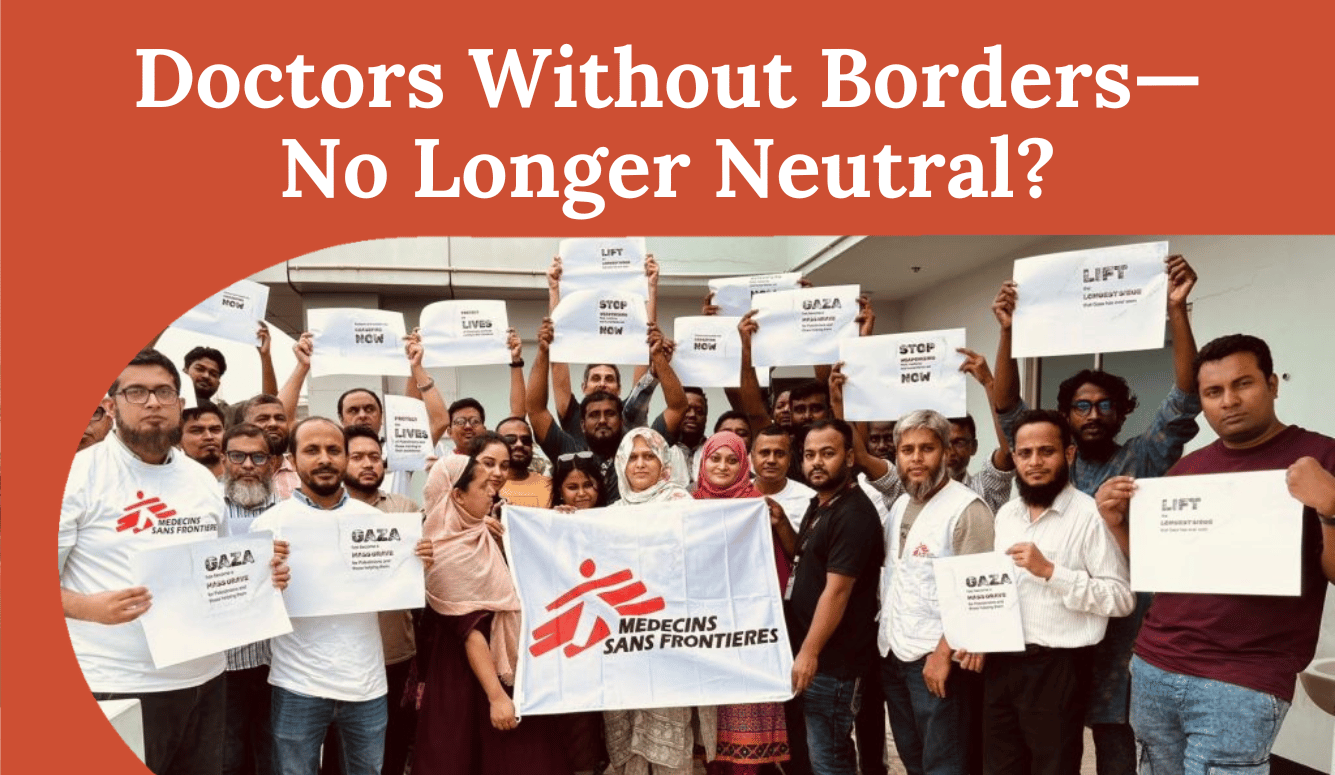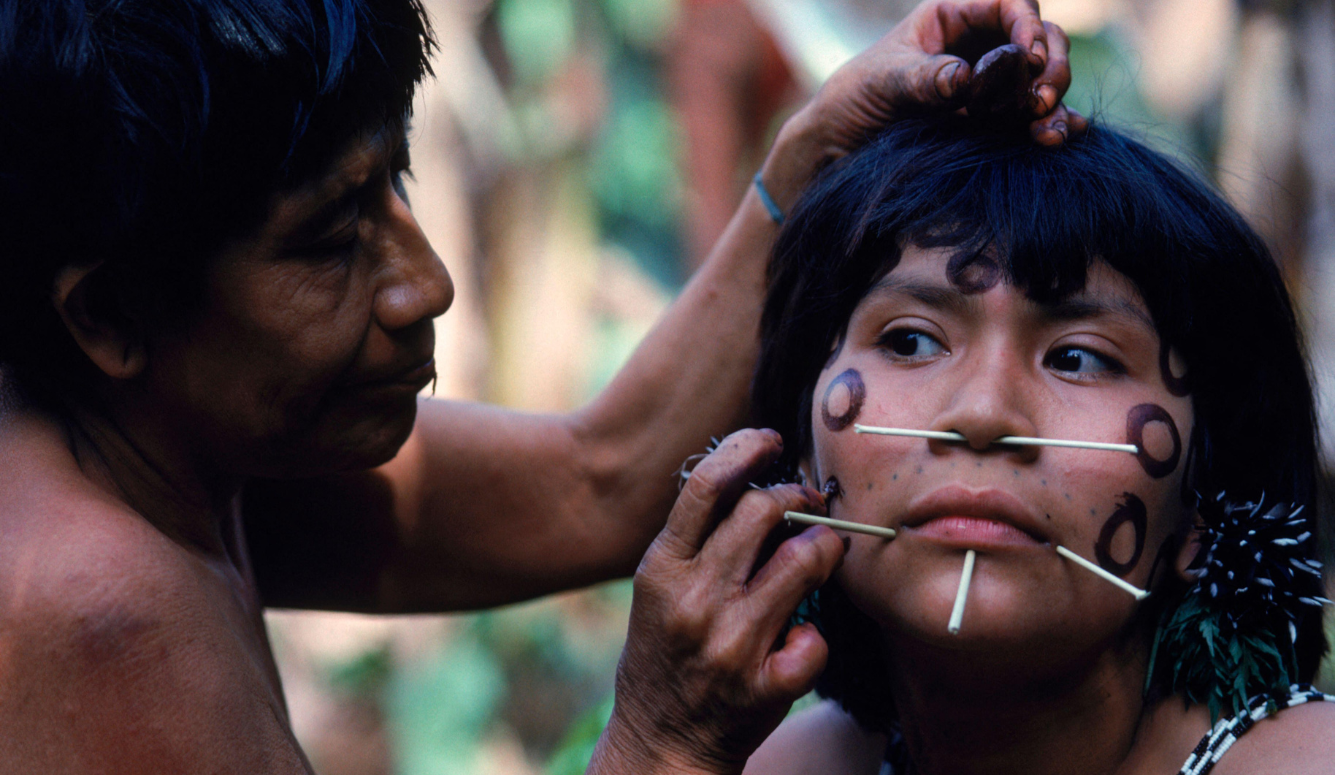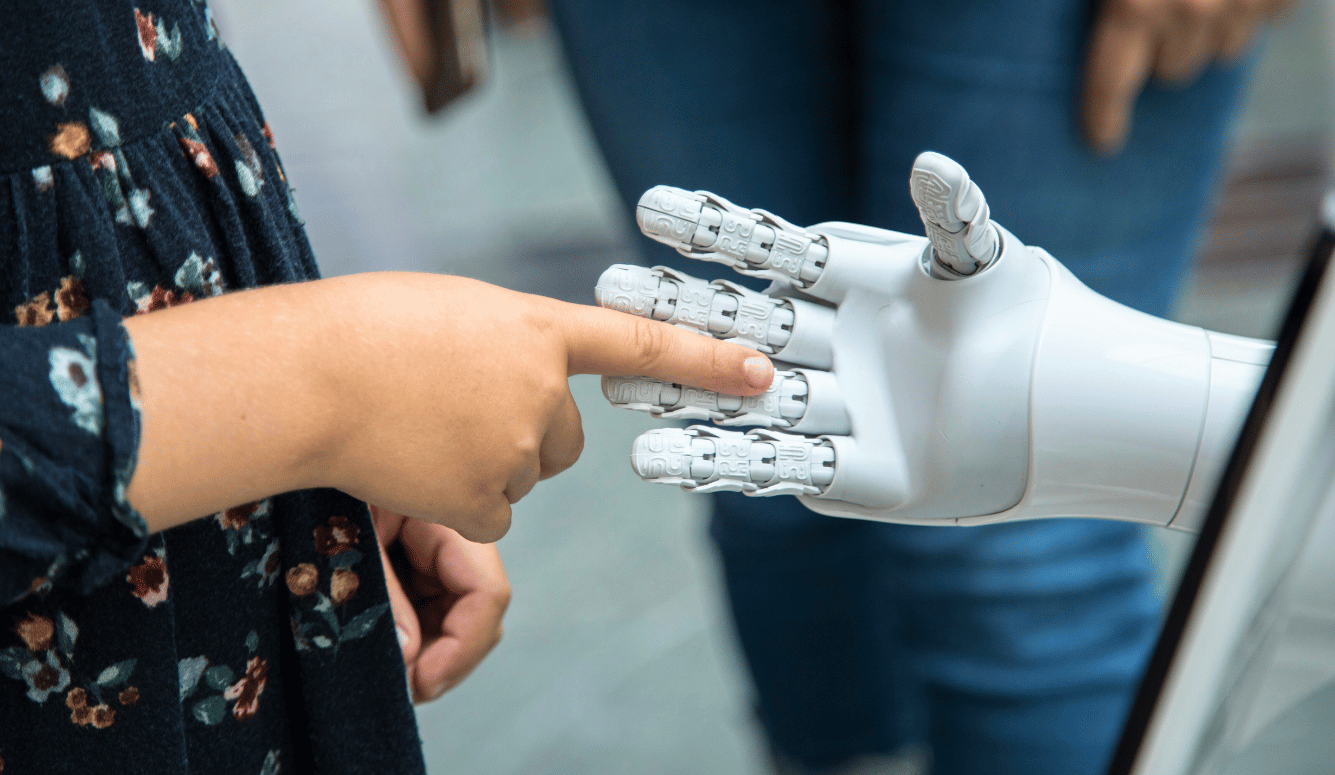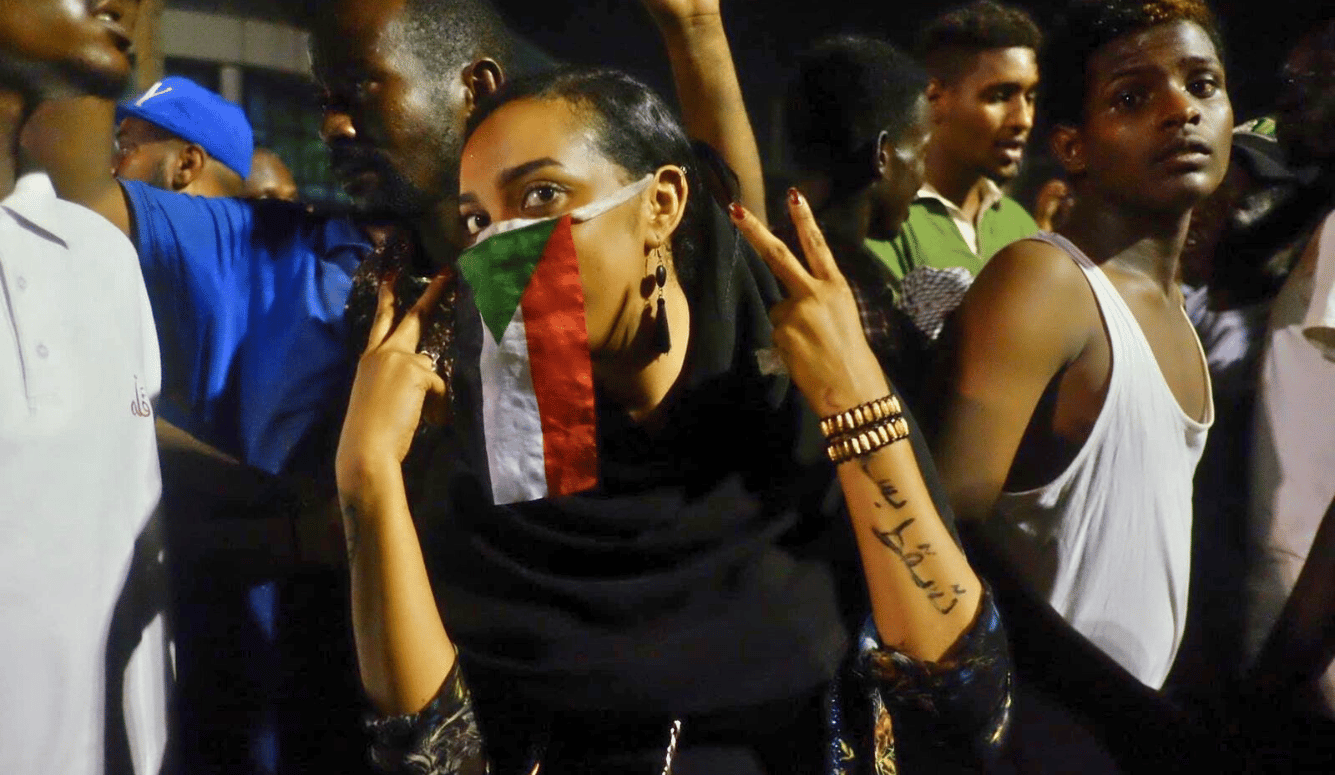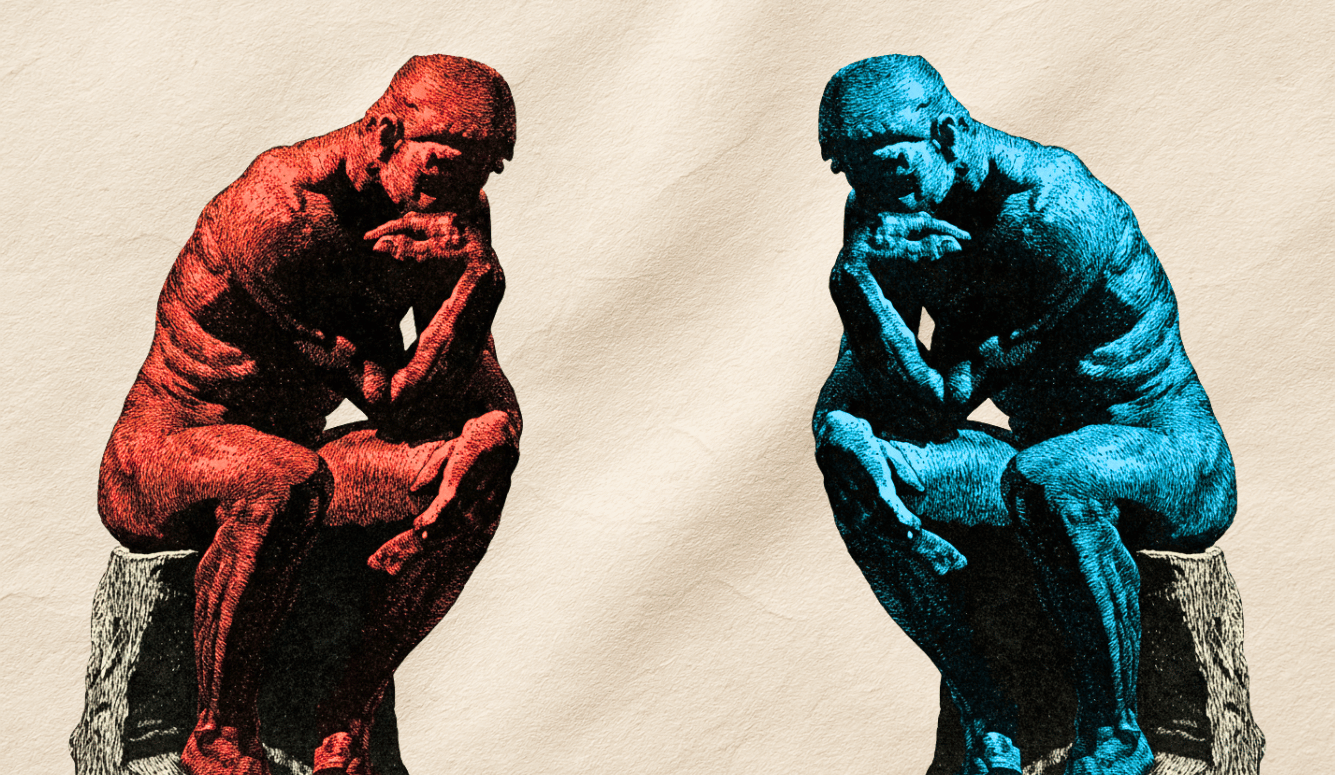interview
How to Build a Better Society—One School at a Time
Inside the uncompromising vision of Britain’s strictest headmistress, Katharine Birbalsingh.
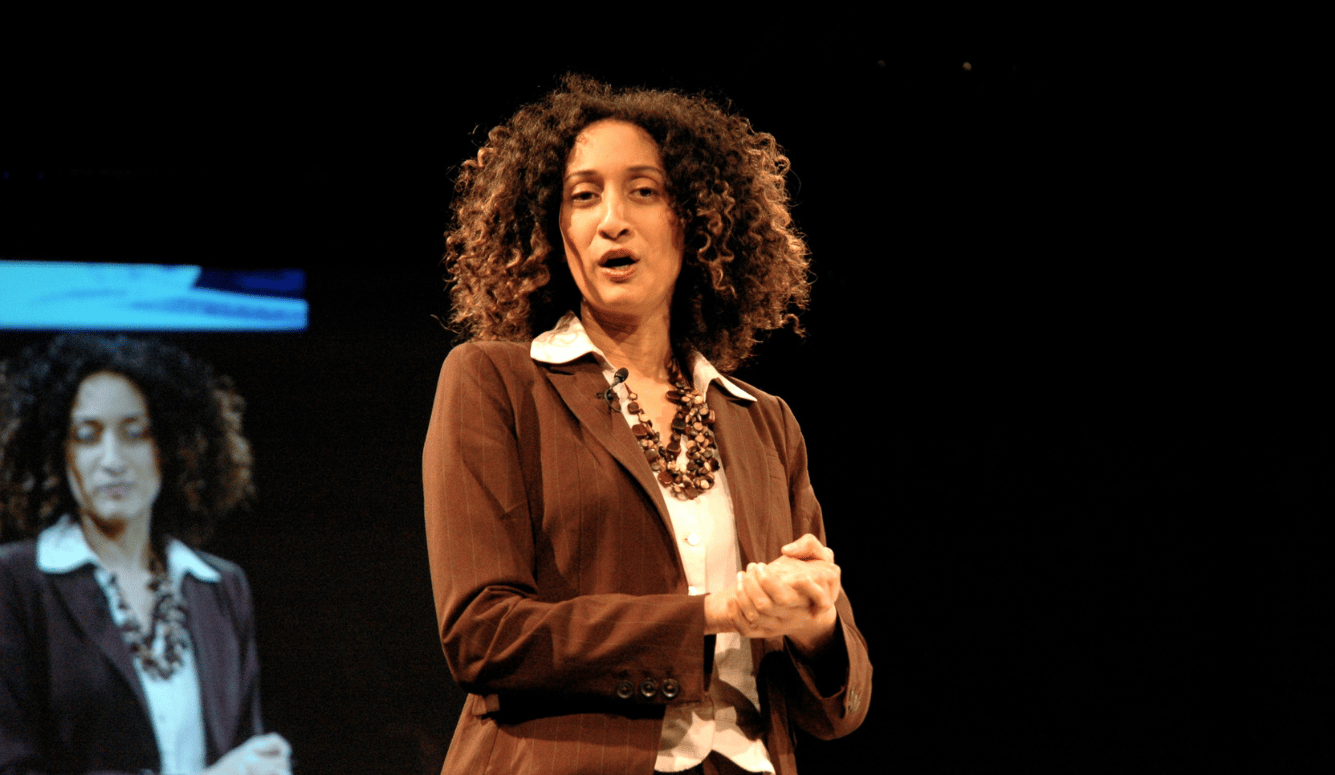
In a wide-ranging conversation with Pamela Paresky, Katharine Birbalsingh—the outspoken headmistress of Michaela Community School in London—explains how discipline, shared values, and traditional teaching methods can do what modern multicultural dogma cannot: create unity and foster excellence among diverse students. From silent corridors to family-style lunches, Birbalsingh’s philosophy is unapologetically old-school—and it’s working.
The transcript has been lightly edited for clarity.
Katherine Birbalsingh: What schools do and what teachers do with the children matters. Our school is very traditional. It’s Michaela, a school in the inner city in London, and we have a very typical inner-city intake with children from a wide variety of ethnic backgrounds. Just very typical inner city. And when you come to visit, you see a school that wouldn’t be a typical inner-city school. And that’s because those children are different in this school—because we’ve made them different. Of course, adults can have impact on children. We don’t cross our fingers and hope for the best.
Pamela Paresky: You’ve also created a culture of belonging in a way. I mean, I hate to use the term because it’s now become part of this “diversity, equity, inclusion, and belonging” framework. But the children truly do feel like they belong. They really are included, and it's very diverse. What I saw today, they don't seem to have grouped themselves tribally. How do you create a culture in which the students feel like they have a larger sense of “us”?
KB: Yes. Well, and it's really interesting that you notice they aren’t grouped tribally. What you mean by that is they aren’t grouped according to their religion or race. And that is so important to me because I think schools—more so than families—have the responsibility here. This is all about schools. It's all very well making it so that Britain is more multicultural, where people from different races, religions, and cultures coexist. Fine. But if you then don’t do anything about making it so that everyone can get on, we’re all going to be at each other’s throats.
And that is precisely what is currently happening. We’ve lost control. And when I say control, it’s not that you’ve got evil people running things from the top. But once upon a time, our culture was such that people looked after each other; they had a sense of duty towards others. That’s all gone. Those old-fashioned, small “c” conservative values, I call them, have completely disappeared. And what the Left cannot do is continue to talk about wonderful multiculturalism without creating an environment where it can succeed. And you see it succeeding—very much so—at Michaela.
Now, what do I mean by multiculturalism? Because people mean different things. If what we mean is the political doctrine that’s been foisted upon all of us, where you have to believe that all cultures are equal, all cultures get on with each other, and everything’s fine—despite the fact you can see riots in the streets—that is not what I mean. I mean that the children come from different races, religions, and so on. Yes, they might eat different foods at home, but they eat the same food here. They eat one lunch, all together. It’s a family lunch that they share.
PP: How do you manage that with different dietary practices and everything?
KB: We have an allergy table, so there’s a table for the kids with allergies. On Fridays, when we have fish, we offer a vegetarian option that’s distributed separately. But that’s it, really. Otherwise, everybody eats the same food. There’s one pot of food, one child goes up to get it, and they serve it out to each other, just as you would in a family dinner. You eat that food because that’s what you do when you’re at family dinner—Mum makes you food and you eat it because you are polite. You don’t think, “Oh, I want this, and you can have that,” and everyone eats exactly what they want. So it teaches them basic manners, but also a sense of sharing with the rest of the family.
And the “family” in this case, for family lunch, includes children from different races, religions, backgrounds, and ability bands. You’ve got kids from the top set and kids from the bottom set, all together, breaking bread. That is what is meant to be happening, and I think this is what schools should be doing. Unfortunately, I don’t think they are. Quite the opposite. I think they can often be agents in dividing us. They’ll have the LGBT group, the Muslim group, the Hindu group—the various groups celebrating individual identity. But all that does is exacerbate the divisions already there.
It’s already hard enough to make a multicultural community work. It’s hard because people come from different cultures and tend to drift toward their own. Then they say, “Well, I don’t like the ones over there,” and then there are problems. You read about it in the newspapers, but I can tell you anecdotally from other schools I know—gosh, there are gang fights. Horrible incidents happen between children. Not here, but where children are part of one group: the Shia Muslims against the Sunni Muslims, Muslims against Hindus, black Caribbeans against black Africans. I haven’t even mentioned white people in that—whites against whichever group you want. The fact is, multiculturalism is difficult, and we need to recognise that. It’s difficult to make it succeed.
